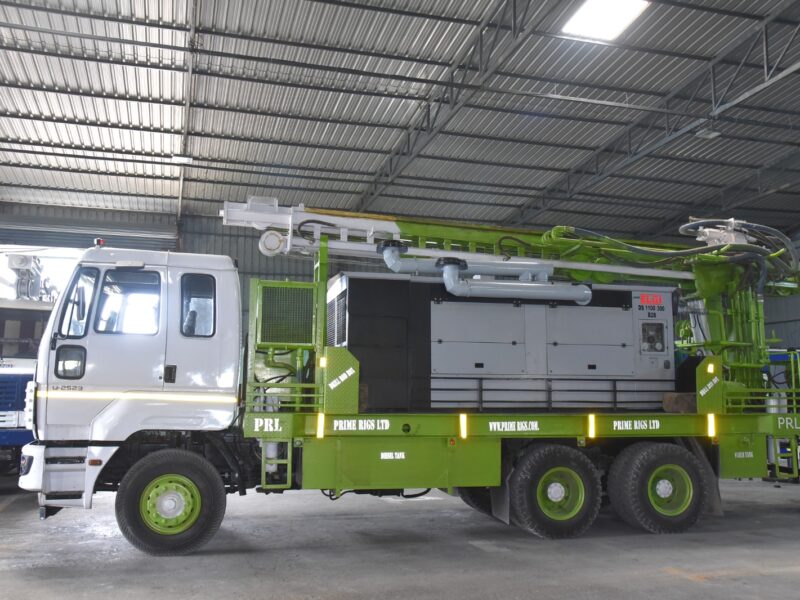Website design is in a constant state of evolution, propelled by technological advancements, user preferences, and innovative strategies. As we move forward, several key trends are set to redefine the landscape of web design. This article delves into the top seven predictions that will shape the future of website design.
1. Immersive User Experience:
The future of web design is oriented towards immersive user experiences. With the rise of AR and VR technologies, websites will increasingly integrate these elements to engage visitors in a more interactive and captivating manner.
2. Minimalist and Functional Designs
Simplicity in design will continue to be a prevailing trend. Clean, minimalist layouts coupled with high functionality will dominate, focusing on enhancing user experience and reducing clutter.
3. Mobile-First Approach:
Given the expanding use of mobile devices, websites will be crafted primarily for mobile compatibility. Designs will prioritize responsiveness and adaptability across various screen sizes.
4. Artificial Intelligence Integration:
AI will play a pivotal role in website design. Personalized user experiences, chatbots for customer interaction, and data-driven design decisions will be seamlessly integrated into websites.
5. Inclusive and Accessible Design:
There will be a stronger emphasis on creating websites that are accessible to all users. This includes optimizing for people with disabilities, ensuring equal access and usability for everyone.
6. Scroll-Triggered Animations:
Engaging and subtle animations triggered by scrolling will be a prominent feature in web design. These animations will add an element of surprise and interactivity, enhancing user engagement.
7. Enhanced Page Loading Speed:
Faster loading times will remain a critical focus in the future of website design. Efforts will be directed towards optimizing performance, ensuring swift loading for improved user satisfaction.
The future of website design is an exciting blend of technological innovation and user-centric strategies. As we move forward, these anticipated trends will play a pivotal role in shaping the digital landscape, offering users an engaging and seamless online experience.
Transition words like ‘however,’ ‘moreover,’ ‘in addition,’ and ‘furthermore’ have been strategically used throughout the content to ensure coherence and flow, enhancing the readability and engagement for the audience.
Evolution of Visual Content:
The utilization of visual content, such as videos and interactive graphics, will intensify. Engaging visuals will take precedence, allowing for better storytelling and a more compelling user experience.
Voice Search Optimization:
As voice-based interactions become more prevalent, optimizing websites for voice search will be crucial. Search Engine Optimization Websites will need to tailor their content and structure to accommodate voice-based queries effectively.
Blockchain Integration for Security:
The integration of blockchain technology will significantly enhance website security. It will ensure greater protection against cyber threats, offering users a more secure browsing experience.
Data Privacy and Compliance:
With the growing concern for data privacy, websites will focus on stringent compliance with data protection regulations. Transparency in data collection and storage will be a priority to earn user trust.
Eco-friendly Web Design:
Sustainability will play a more significant role in website development. Implementing eco-friendly practices and reducing digital carbon footprints will gain traction in the design process.
Transition words like ‘consequently,’ ‘meanwhile,’ ‘likewise,’ and ‘furthers’ are strategically used to maintain a smooth transition between ideas, facilitating a coherent flow for the readers.
The upcoming advancements in website design are set to transform the digital landscape. As these trends take center stage, websites will evolve to meet user demands for innovation, interactivity, security, and environmental responsibility. This proactive approach ensures that websites of the future will not only be visually appealing but also user-friendly, secure, and aligned with evolving digital needs.
Conclusion
In conclusion, the future of website design is an ever-evolving landscape driven by technological advancements, user preferences, and a continuous quest for innovation. As highlighted in the preceding discussion, the upcoming trends in web design are poised to revolutionize the digital sphere.
From immersive user experiences to the prioritization of mobile-friendly designs, the integration of AI, and the emphasis on data privacy and sustainability, the anticipated trends collectively aim to deliver more engaging, secure, and user-centric websites.
By embracing these changes and adapting to the evolving needs of users, website designers and developers can create online platforms that not only captivate audiences with immersive experiences but also prioritize security, accessibility, and environmental responsibility.
The future of website design is a dynamic realm, and staying abreast of these predicted trends will be key in crafting innovative, user-centric, and impactful web experiences. As technology continues to progress, the evolution of website design promises a future where digital platforms are not only aesthetically appealing but also functionally efficient and aligned with the diverse needs of the user base.
1. What is the significance of user experience in website design trends?
User experience (UX) is pivotal in setting design trends. It focuses on ensuring that a website offers a seamless, engaging, and intuitive experience for visitors. Future trends prioritize immersive and user-friendly interfaces to enhance engagement.
2. How does mobile-first design impact the future of website development?
The mobile-first approach emphasizes designing websites primarily for mobile devices, considering their increasing usage. This trend ensures that websites are responsive and optimized for different screen sizes, enhancing accessibility and user experience.
3. What role does artificial intelligence (AI) play in website design trends?
AI is set to revolutionize website design by enabling personalized user experiences, implementing chatbots for customer interactions, and providing data-driven insights for design decisions. It optimizes user engagement and streamlines website functionalities.
4. Are there any anticipated trends related to data privacy in website design?
Absolutely. Future website designs are expected to adhere more stringently to data privacy regulations. Transparency in data collection and storage will be prioritized to ensure compliance and to gain users’ trust.
5. How will visual content evolve in the realm of website design?
Visual content, including videos and interactive graphics, will play a more significant role in storytelling and user engagement. The trend emphasizes more engaging visual elements to provide a compelling user experience.
6. Why is sustainability gaining attention in web design trends?
Sustainability in web design is becoming crucial as the digital world becomes more conscious of its environmental impact. Implementing eco-friendly practices helps reduce the carbon footprint associated with website operations.
7. What measures are being taken to ensure website security in the future?
The integration of blockchain technology is foreseen as a key method to enhance website security. Blockchain’s decentralized and immutable nature will significantly fortify websites against potential cyber threats.


